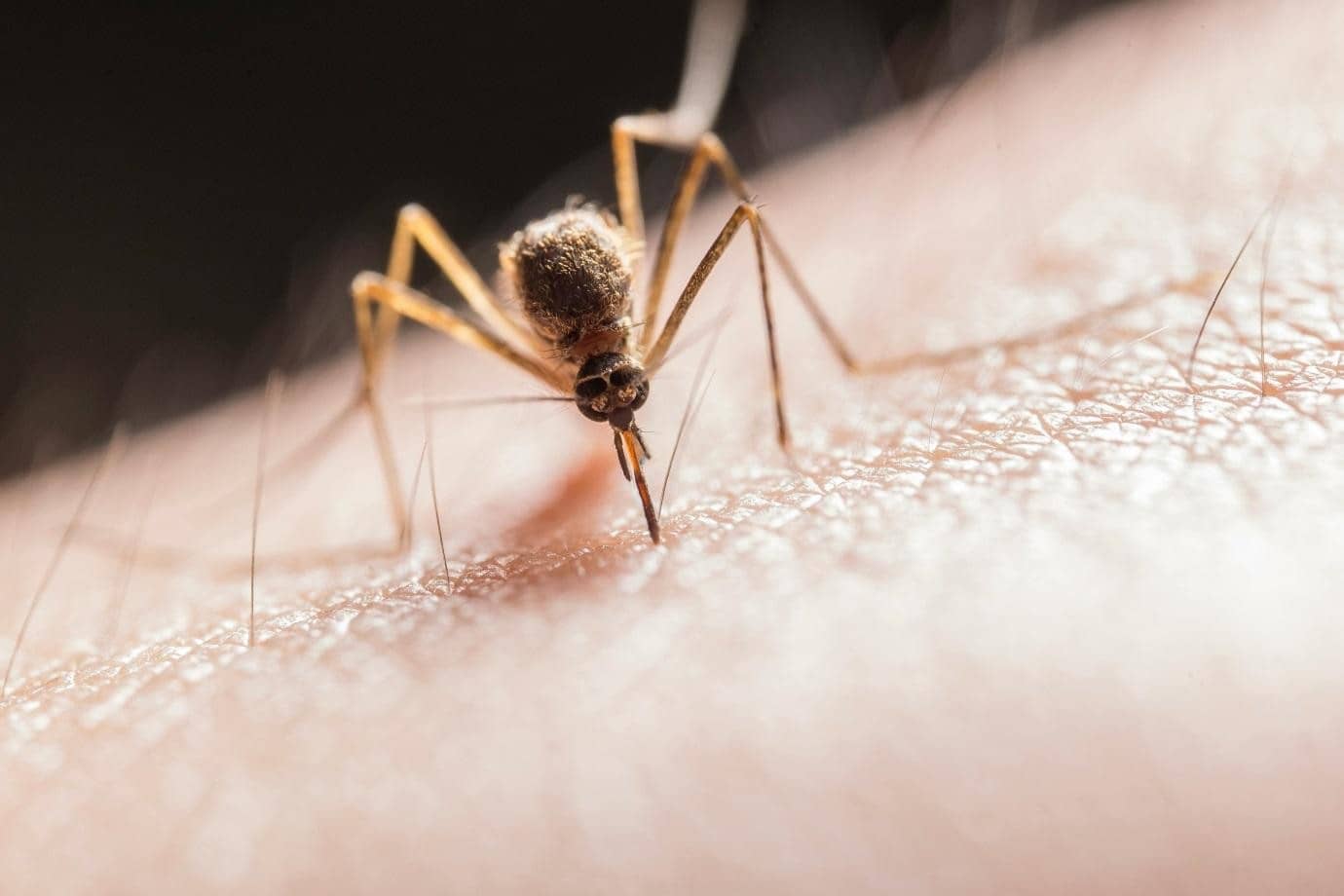The rates of tick-borne diseases in the United States is on the rise, for a variety of reasons.
Warmer weather caused by climate change means that ticks have a longer active season, and have also been able to migrate to areas that previously would have been too cold for them to survive. Additionally, environmental changes have led to growing populations of animals that carry ticks and allow them to feed, such as mice and deer, which is helping the ticks to spread even further.
As a result, disease-carrying ticks are now found in all 50 states, and have significantly increased their geographical range over the past two decades, appearing frequently in new locations and multiplying at incredible rates. According to a report from the Centers for Disease Control and Prevention (CDC), the number of tick-borne diseases more than doubled between 2004 and 2016.
Lyme disease is the most widely recognized example of tick-borne illnesses. This disease causes flu-like symptoms such as fever, aches and nausea, and can spread to the joints, heart and nervous system.
The CDC estimates that there are about 300,000 new cases of Lyme disease in the United States each year, most of which aren’t reported. Additionally, at least seven new diseases spread by ticks have emerged since 2004.
The dangers don’t stop with the transmission of illness. Recent research has also found that bites from the Lone Star variety of ticks were somehow causing a mysterious and potentially life-threatening allergy to red meat, which now affects more than 5,000 people.
Tests are currently being carried out for new measures that may help to reduce the spread of tick-borne illnesses. In the meantime, it’s important to know how to protect yourself against the threat of ticks and the serious diseases they can transmit.
How to protect yourself against ticks
Where possible, wear long sleeves and pants, and tuck your pants into your socks. Before going outside, apply an insect repellent to cover any exposed skin. You can also wear clothing that’s been treated with the insecticide permethrin, for additional protection.
When you come home after being outside, put your clothes into the dryer on a high temperature for 10 minutes to kill any ticks that may be hanging onto them. Take a shower to remove any unattached ticks and check yourself thoroughly, especially in places where ticks are likely to attach, such as inside the belly button, between the legs, in and around the ears and hair, and on the back of the knees.
Ticks tend to crawl around on your skin before they find a place to attach, so you might be able to find a tick before it bites. The longer they’re attached, the more likely they are to transmit diseases. For example, a tick is usually attached for 36 to 48 hours before it transmits Lyme disease.
If you do find a tick that’s attached itself to your skin, you can remove it using a fine-tipped pair of tweezers. To do this, grip the tick as close to the skin as possible, and pull straight upward steadily, without twisting or jerking your hand.




